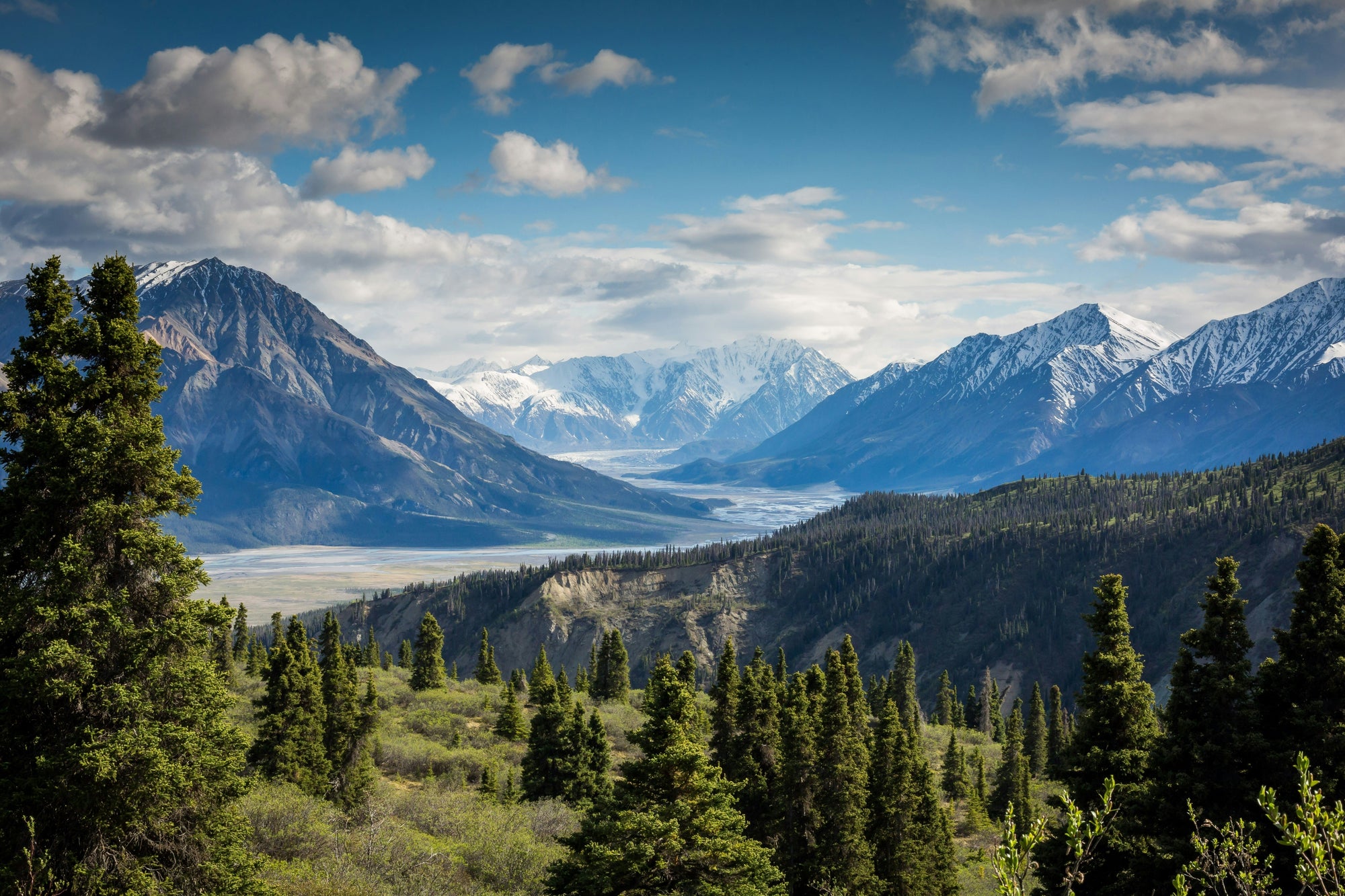

· By Tanner Eddington
2025 UN World Water Development Report
Any time you drink water, it’s part of a much larger story. These stories include glaciers, snow melt, changing weather patterns, underground aquifers, messy water rights legislation across nations, and many more intricacies that need to happen before that first sip. Recently the UN World Water Development released a report titled "Mountains and Glaciers: Water Towers”. This report makes something crystal clear: mountains are not just majestic landscapes, they are critical parts in the stories of our water, and heartbreakingly are in growing danger across the globe.
These “Water Towers” as described in the report are the mountains that provide 55–60% of global annual freshwater flows. They store water in snow, ice, and glaciers during cold months, gradually releasing it during warmer periods to feed rivers, ecosystems, farmland, and human use. These mountains are going to become even more important as global water consumption continues to grow: “Over the period 2000–2021, total freshwater withdrawals grew by 14% globally.”
While we can't overstate the effect that climate change has, there are many issues threatening the viability of the remaining sources we have. Pollution, dams, and land conversion all are endangering the usable fresh water sources. “In 2023, data on 91,000 water bodies from 120 countries revealed that 56% had good water quality.” Meanwhile global temperatures are rising, and glaciers are retreating faster than ever. With reduced stability in the watersheds, flows become more erratic causing more frequent floods and droughts.
Why This Matters
-
Source stability is under pressure
As glaciers recede, the consistency and predictability of spring and mountain spring flow can change. Water that used to be buffered by snow and ice is more vulnerable to seasonal swings, making high-quality sources more precious. -
Quality isn’t guaranteed, even in the mountains
Just because water is from a mountain location doesn’t mean it’s perfect. The adjustment of watershed dynamics (thawing permafrost, changing precipitation patterns, sediment runoff) can introduce variability in mineral balance, clarity, and trace contaminants. -
We need shift in the conversation
We must ensure the sourcing, protection, and stewardship of spring sites is rigorous. That means monitoring, protection of upstream land, and adapting to change—not passively assuming “mountain = pure.”
What Can Be Done
-
Support watershed protection — help protect forests, reduce downstream pollution, and preserve natural vegetation buffers.
-
Demand traceability — require brands to show where and how their water is sourced and managed.
-
Footprint reduction — less pollution and runoff ultimately helps maintain high-altitude systems that feed freshwater for everyone.
-
Stay informed — as mountain cryospheres shift, policy and conservation must adapt.
At RAIN, we don’t just bottle spring water. We commit to constant stewardship of our source, to monitoring and protecting change over time. We also use the most sustainable packaging and sourcing methods available to us to hopefully help keep the best spring water available for many years to come.
